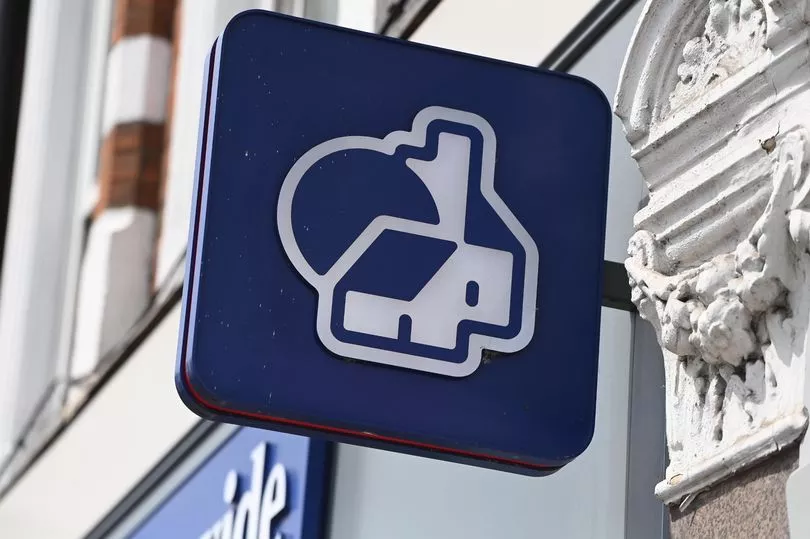A Guide to Buy To Let Mortgages

Investing in property has long been a popular way to secure financial stability and generate income. In the UK, one of the most common ways for individuals to enter the property investment market is through Buy-to-Let mortgages. Whether you're a seasoned investor or a first-time buyer looking to dip your toes into property investment, understanding the ins and outs of Buy-to-Let mortgages is crucial.
What is a Buy-to-Let Mortgage?
A Buy-to-Let (BTL) mortgage is a type of mortgage specifically designed for individuals who want to purchase a property with the intention of letting it out to tenants. Unlike a standard residential mortgage, a Buy-to-Let mortgage takes into account the potential rental income the property could generate.
Eligibility and Criteria:
To qualify for a Buy-to-Let mortgage, you typically need to meet certain criteria set by lenders. This includes having a good credit history, a stable income, and, in some cases, already owning a residential property. Lenders may also consider the rental income potential, the property's value, and your ability to cover the mortgage payments without relying solely on rental income.
Loan-to-Value (LTV) Ratio:
The Loan-to-Value ratio is a key factor in Buy-to-Let mortgages. It represents the percentage of the property's value that the mortgage covers. Generally, Buy-to-Let mortgages have lower LTV ratios compared to residential mortgages, often ranging from 60% to 75%. A higher deposit may be required, so it's important to be prepared financially.
Interest Rates and Repayment Options:
Interest rates for Buy-to-Let mortgages can be fixed or variable. Fixed-rate mortgages offer stability by locking in a set interest rate for a specified period, while variable rates may change based on market conditions. Additionally, BTL mortgages may have interest-only repayment options, allowing you to pay only the interest each month and manage your cash flow effectively.
Tax Implications:
Understanding the tax implications of Buy-to-Let investments is crucial. Rental income is subject to income tax, and landlords must also consider potential changes in tax regulations, including stamp duty and mortgage interest relief. Seeking advice from a tax professional can help you navigate these complexities.
Choosing the Right Property:
Selecting the right property is vital for a successful Buy-to-Let investment. Consider factors such as location, demand, and potential rental yield. Research the local rental market to understand tenant preferences and rental prices in the area.
Risks and Rewards:
Like any investment, Buy-to-Let properties come with both risks and rewards. Economic fluctuations, changes in interest rates, and property market conditions can impact your investment. However, with careful planning, research, and a long-term perspective, Buy-to-Let properties can provide a steady income stream and potential capital appreciation.
Investing in property through Buy-to-Let mortgages can be a rewarding venture for those who approach it with diligence and knowledge. This guide serves as a starting point to help you navigate the complexities of Buy-to-Let mortgages in the UK. Always seek professional advice, conduct thorough research, and stay informed about market trends to make informed decisions on your property investment journey.



